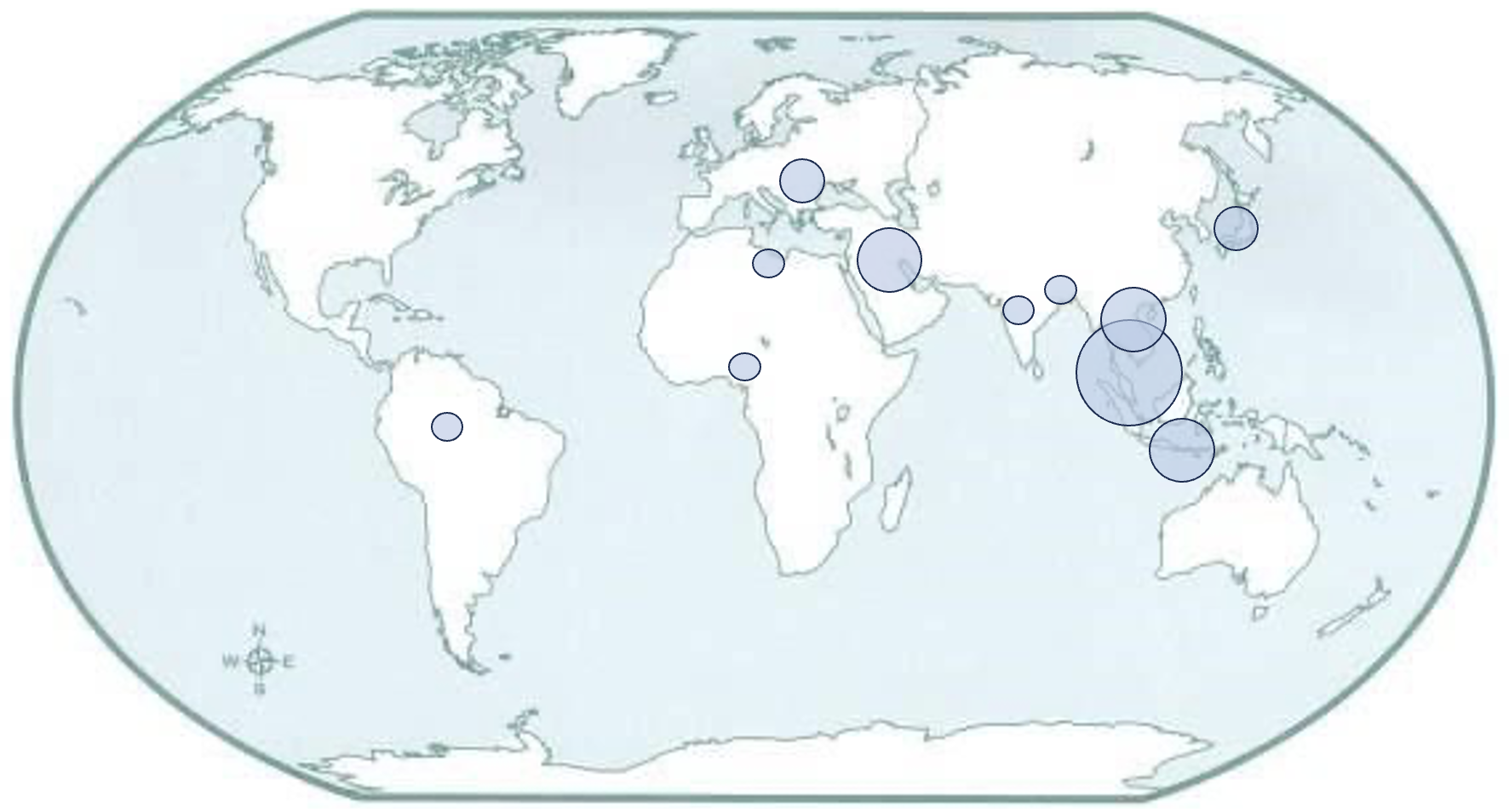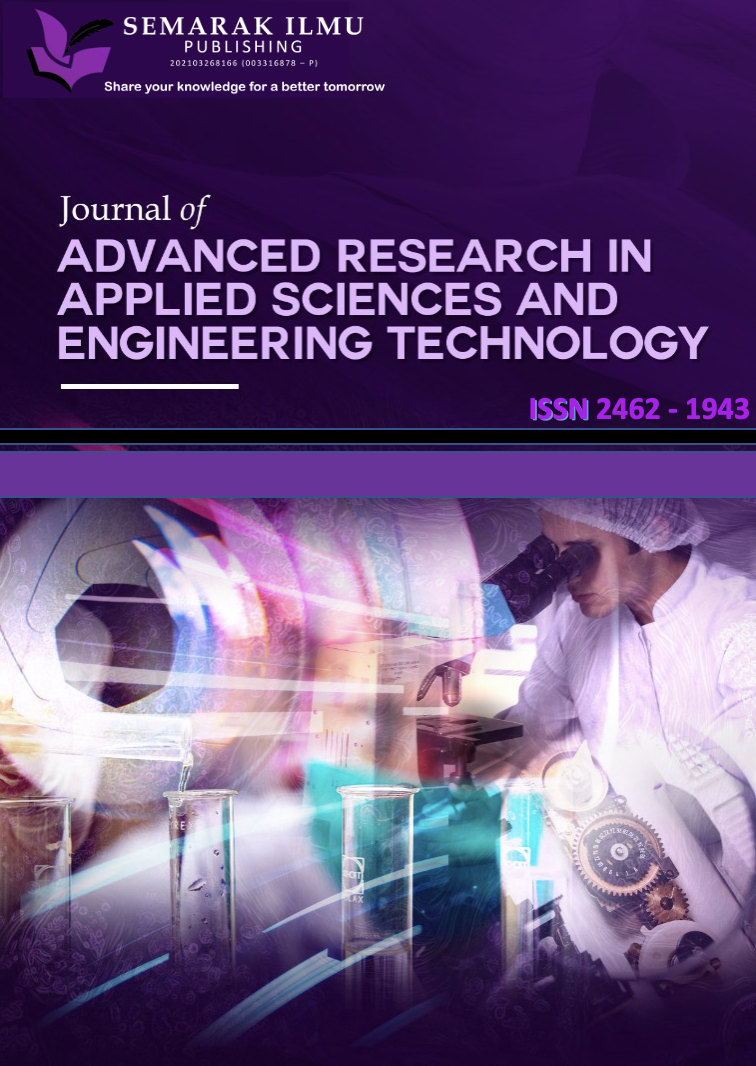Methane Gas Sensor using Graphene Nanoflakes at Room Operating Temperature
DOI:
https://doi.org/10.37934/armne.26.1.4453Keywords:
Methane, gas sensor, graphene nanoflakes, Kapton film, screen printing, organic binderAbstract
Methane gas is commonly produced and used in various industries, including agriculture, coal mining, manure management, landfills, natural gas, and petroleum systems. This gas is colorless and odorless. High concentrations of methane gas can have detrimental effects on human health, such as causing headaches, visual issues, and memory loss. Moreover, prolonged exposure to higher concentrations may lead to respiratory and heart rate fluctuations, balance problems, and even unconsciousness. In order to address these concerns, a thick film gas sensor based on graphene nanoflakes is proposed in this work to detect different levels of methane gas at room operating temperature. The gas sensor was fabricated using screen-printing technology on a Kapton film. Graphene nanoflakes were mixed with a binder to create the sensing film. Scanning electron microscopy (SEM) was used to characterize the morphology and X-ray diffraction (XRD) for structural components of the sensing film. Two graphene gas sensors (PF-1 and PF-2) were fabricated using screen-printing to compare their performance to methane at room operating temperature with gas concentrations ranging from 300 to 1000 ppm. The results showed that both gas sensors responded robustly to changing concentrations of methane gas at room operating temperature within 20 s. PF-2 outperforms PF-1, with the result of sensitivity being approximately 0.0000353, 0.0000288, and 0.0000262 for the first, second, and third exposures to methane gas. Both gas sensors also exhibited excellent repeatability characteristics with similar patterns each time exposed to the methane.
Downloads

























